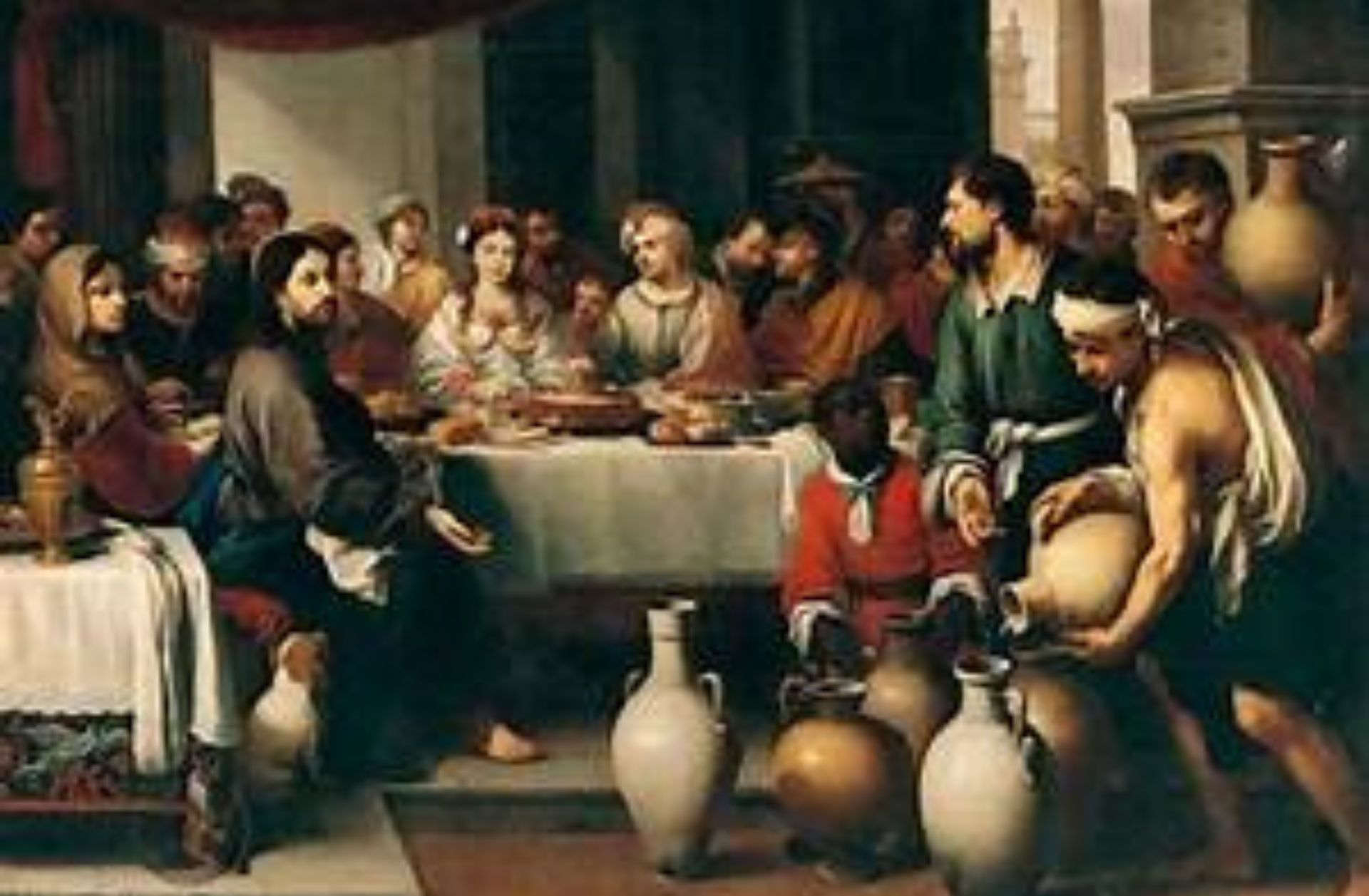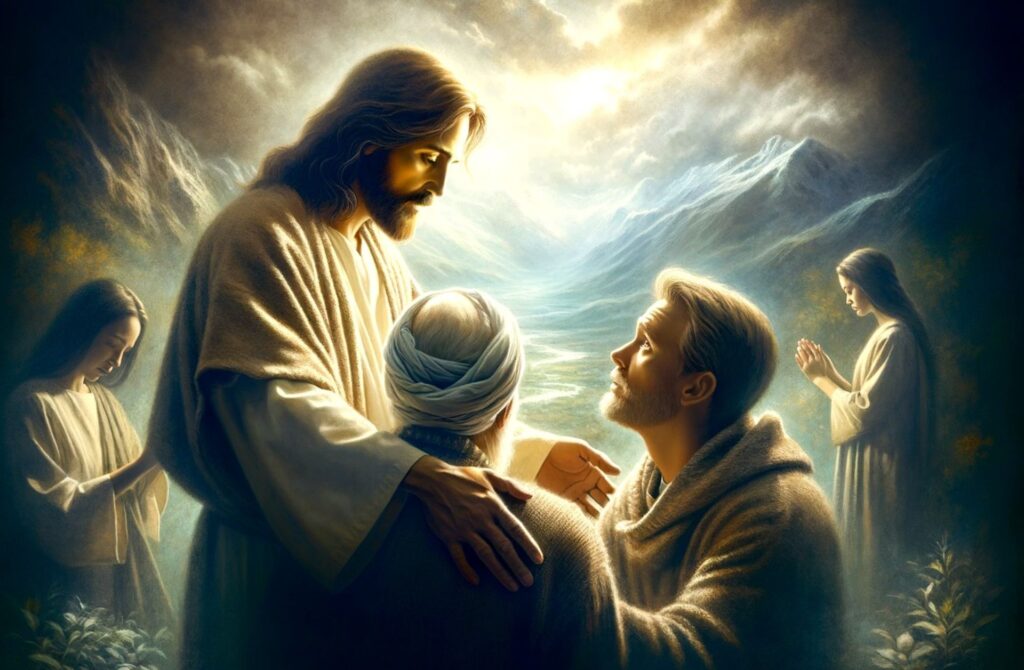Gospel of John Chapters 1-6 Overview

John Chapters 1-6 – The Eternal Word, Cleansing of the Temple, John 3:16, the Offering of Living Water, the Healing at the Pool of Bethesda, the Bread of Life Discourse
Gospel of John Chapters 1-6 Overview. Jesus is introduced as the Word made flesh (John 1), the divine Son of God who brings light and life to the world. He begins His ministry by calling His first disciples, performing miracles (such as turning water into wine in John 2), and teaching about spiritual rebirth (His conversation with Nicodemus in John 3).
Jesus also crosses cultural barriers by speaking with the Samaritan woman at the well and offering living water (John 4). He demonstrates His divine authority by healing a paralyzed man and teaching about eternal life and judgment (John 5). In John 6, Jesus miraculously feeds five thousand people and teaches that He is the Bread of Life, calling people to believe in Him for eternal life. Despite His miracles and teachings, many struggle to understand or accept His message, revealing the challenge of true faith and discipleship.
Gospel of John Chapters 1-6 Overview
——————–

John Chapter 1 is one of the most theologically significant passages in the New Testament as it presents the profound foundation for understanding Jesus’ identity as both God and human, His divine nature, His role in creation and salvation, and the cosmic implications of His mission. The chapter emphasizes who Jesus is from a cosmic, eternal perspective, making it distinct from the other Gospels, which begin with narratives of Jesus’ birth or earthly ministry.

John Chapter 2 contains two key events from the life of Jesus: the wedding at Cana and the cleansing of the temple in Jerusalem. These events are significant for both the development of Jesus’ ministry and their deeper theological implications. This chapter introduces key aspects of Jesus’ identity as the Son of God and foreshadows many elements of His mission, including sacrifice, transformation, and the establishment of a new way to relate to God.
John Chapter 3 is one of the most theologically rich and significant chapters in the Gospel of John. It contains key teachings of Jesus about spiritual rebirth, salvation, the overwhelming love of God in sending His Son for humanity’s salvation, and the call to faith and light in the face of judgment and darkness. The chapter is best known for John 3:16, which encapsulates the heart of the Gospel message.

John Chapter 4 illustrates the inclusiveness of Jesus’ mission, the offer of eternal life through faith in Him, and the transformative power of spiritual rebirth and worship. This powerful chapter highlights Jesus’ message of salvation extending beyond the Jewish people to include all nations.
It presents themes of living water, true worship, and universal salvation, focusing on Jesus’ interaction with a Samaritan woman and His healing of a royal official’s son. The chapter illustrates Jesus’ compassion and mission to break social and cultural barriers, offering spiritual transformation to all.

John Chapter 5 highlights Jesus’ divine authority to heal, give life, and judge, presenting Him as the unique Son of God. It calls for faith in Jesus as the pathway to eternal life and warns of the judgment that awaits those who reject Him. The chapter begins with Jesus healing a man on the Sabbath, which sparks a controversy with the Jewish leaders. This leads to Jesus explaining His unique relationship with God and His role in giving eternal life and executing judgment.

John Chapter 6 is a profound chapter in the Gospel of John that focuses on themes of Jesus as the Bread of Life, the need for faith, and the nature of true discipleship. It reveals the challenges of true discipleship, the necessity of believing in Jesus’ sacrificial death, and the promise of eternal life for those who trust in Him.
It begins with the miraculous feeding of the five thousand and culminates in Jesus’ teaching on being the Bread of Life, which emphasizes that true life is found in Him. This chapter includes major events such as the feeding of the five thousand, Jesus walking on water, and His Bread of Life discourse, which causes division among His followers.

You must be logged in to post a comment.